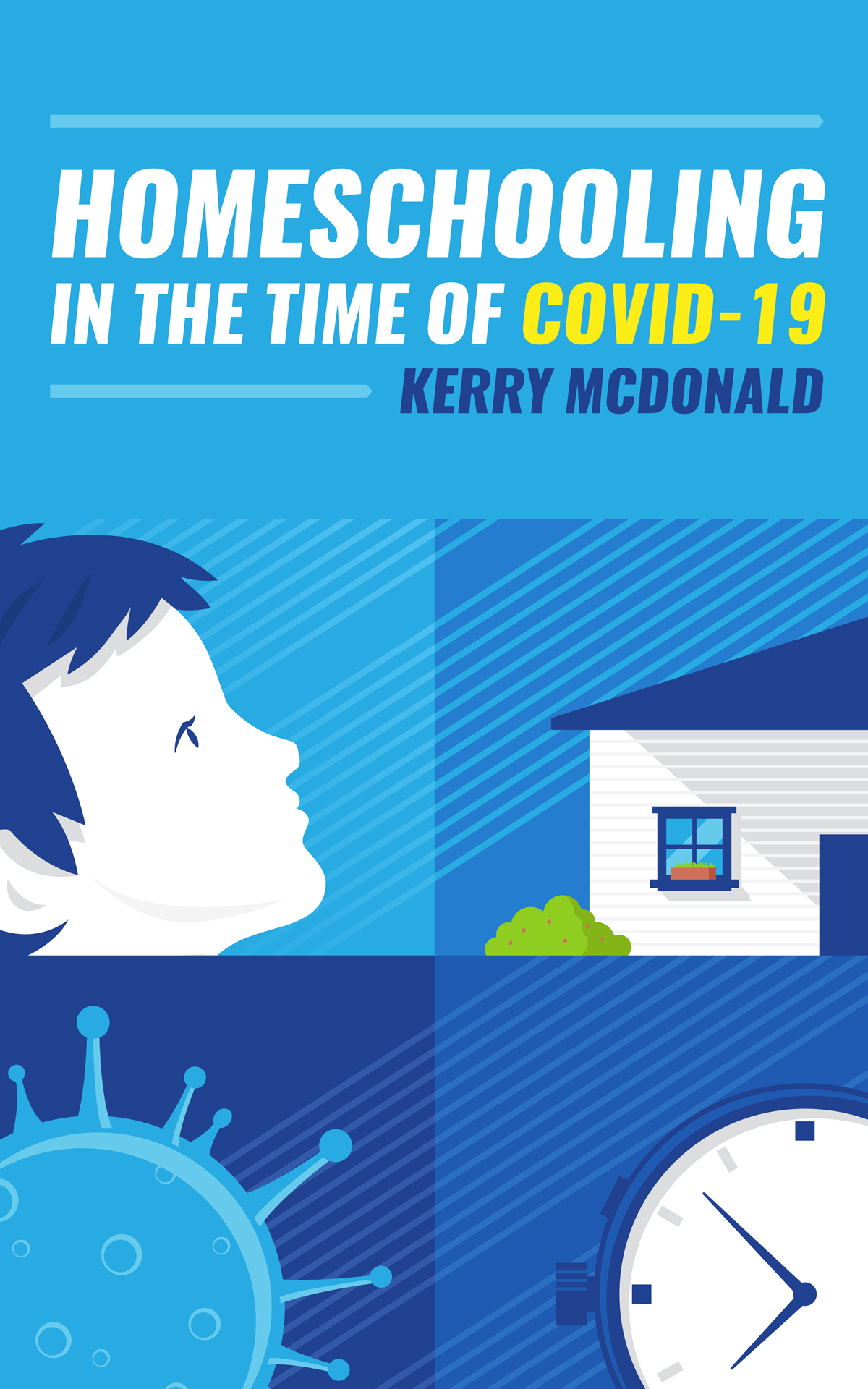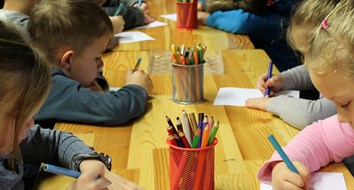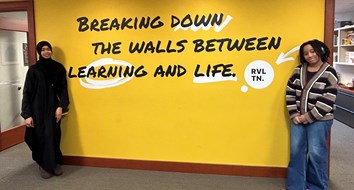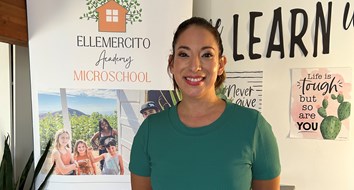Download:
Introduction
We really are in a homeschooling moment. The disruption to our lives and learning resulting from the COVID-19 pandemic and related lockdowns has led to an unprecedented reimagining of American education. Suddenly, a traditional classroom is not the preferred learning space for millions of US children, and their families are exploring—and creating—home-based schooling alternatives in record numbers. From soaring homeschooling registrations to the emergence of “pandemic pods” and a broader embrace of virtual learning options, parents are taking back responsibility for their children’s education and challenging long-held assumptions about how people learn.
For some parents, this acceptance of education beyond schooling may be temporary, lasting only as long as the pandemic and its current effects on standard schooling. Other parents may be pleasantly surprised by their discovery of new education options and may find that their children thrive outside the conventional classroom. Whether this at-home learning experience is temporary or lasting, parents are getting a closer look at how their children learn and are feeling re-empowered to help guide their children’s education now and into the future. My FEE.org articles included in this ebook aim to highlight some of the education approaches that have gained popularity during the pandemic, as well as to help parents facilitate their children’s self-directed learning and to question the dominant role that conventional schooling has come to play in young people’s lives.
More than 50 million US K-12 schoolchildren were abruptly sent home last spring, as government stay-at-home orders shuttered schools and businesses in an effort to slow the spread of the COVID-19 virus. Parents scrambled to adjust to working at home alongside their children, or struggled to find childcare while they continued to work at jobs deemed “essential” by politicians. Children and adolescents coped with sad separations from friends, and schools instituted remote learning plans, with varying degrees of success. In some instances, parents whose children didn’t login regularly to Zoom school last spring were interrogated by Child Protective Services agents who showed up at their homes to investigate them for child neglect.
It was an inauspicious beginning to a new wave of at-home pandemic learning that, at its peak, impacted over one billion students worldwide. Perhaps that is why I was both surprised and encouraged when one of the first surveys about how families were faring during the school shutdowns showed a growing openness to homeschooling. Despite the fact that what we all experienced last spring was nothing like authentic homeschooling, as we were all forcibly disconnected from the people, places, and things of our communities, an April survey by EdChoice nonetheless revealed that more than half of the parents in their sample reported a more favorable view toward homeschooling than before the pandemic.
The following month, a Real Clear Opinion Research survey confirmed that many parents were more satisfied with at-home learning than expected, with 40 percent saying they were more likely to choose homeschooling or virtual learning even after lockdowns ended. Around the same time, a USA Today/Ipsos poll found that 60 percent of parents surveyed said they would likely choose at-home learning this fall rather than send their children to school, even if the schools reopened for in-person learning.
As spring turned to summer, parental behavior reinforced polling predictions. Parents began pulling their children out of school and registering them as homeschoolers. During the first week of July, so many parents in North Carolina submitted their online intent to homeschool forms that it crashed the state’s nonpublic education website. Homeschool applications were up 21 percent in Nebraska in July, and 75 percent in Vermont, while grassroots homeschooling networks and local Facebook homeschooling groups reported record increases in new members.
Also in July, the term “pandemic pod” became popularized, as parents began to come together, through social media and in their own neighborhoods, to create small learning groups for their children. Uncertain about, or disillusioned by, school districts’ back-to-school plans and social distancing requirements, these pandemic pod parents sought to create small, safe, social learning communities that rely on parents taking turns teaching and supervising children, or involve parents pooling resources to hire a teacher or college student to lead their pod. A timely twist on homeschool co-ops and the burgeoning microschool movement, these pandemic pods are positioned to dramatically reshape education for years to come, particularly if education savings accounts and other education choice policies can be enacted to expand access to schooling alternatives.
A new Gallup poll shows the rate of independent homeschooling has doubled since last year, with COVID-19 prompting many families to explore different learning options. Parents are gathering information and resources to begin or supplement their at-home learning. They may be purchasing curriculum or learning supplies, visiting online homeschool support groups, and connecting with other families who are also beginning this at-home learning journey, as well as those who have been on this path for a long time. The articles in this collection are designed to help parents feel more confident in their ability to guide their children’s education, and more capable of navigating education alternatives this fall and beyond.
Divided into three sections, this anthology first traces some of the education trends that have emerged spontaneously over the past several months, as parents, educators, and entrepreneurs respond innovatively to widespread educational change and uncertainty. It then delves into the ideas of self-directed learning, including how parents can nurture their children’s curiosity and creativity during this time away from traditional schooling. The final set of essays looks more deeply at the central influence of schooling in our society, its outsized role in childhood that can diminish family autonomy, and its often negative impact on child and teen well-being.
Reinforced throughout these essays is the fundamental principle that minimizing coercion and maximizing individual freedom is the pathway to human flourishing, peace, and prosperity. As more parents opt out of state-controlled schooling, there will undoubtedly be calls for greater government regulation and oversight of homeschooling and other schooling alternatives. Indeed, we are already seeing inklings of this. The more parents push back against these regulatory efforts, the more education options will be able to sprout and expand, reaching more families and learners in new and meaningful ways.
This is a time of historic educational change, as long-standing patterns of bureaucratic control have been interrupted and challenged. Parents are the ones pioneering new learning models and pushing back against government control of education during the pandemic. This new level of parental empowerment and openness to education innovation and choice will likely endure and strengthen even as the virus fades.
—Kerry McDonald
Senior Education Fellow
Foundation for Economic Education
Atlanta, Georgia
October 8, 2020





